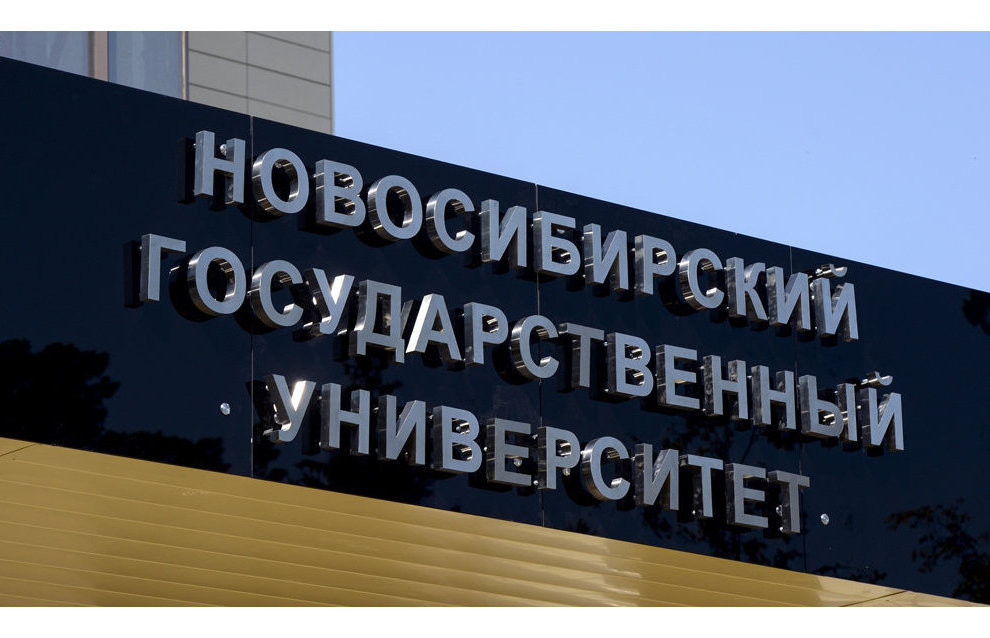Novosibirsk scientists prove the existence of ancient Arctic continents
Researchers from the Institute of Oil and Gas Geology and Geophysics at the Siberian Branch of the Russian Academy of Sciences and from the Novosibirsk State University (NSU) have proved that the continent of Arctida once existed in what is now the Arctic, the NSU press service reports. According to the researchers, Arctida formed and disintegrated twice.
"Our analysis of the available data has shown that there were at least two Arctic continents in the region's geological history, rather than one, as was believed previously. According to our model, the first continent, we'll call it Arctida-1, was formed one billion years ago. Then about 750 million years ago, Arctida-1 broke into several parts," the Head of the NSU Chair of General and Regional Geology, Dmitry Metyolkin, said.
Another 500 million years later, as the Pangaea supercontinent was formed, parts of Arctida merged again, but the structure was different. Later the continent fell apart again and its remnants today include Severnaya Zemlya, Svalbard, the New Siberian Islands, a portion of the Taimyr Peninsula, the northern extremities of Alaska and Chukotka, the islands in the vicinity of Greenland, and the continental shelf of the Kara Sea.
These findings resulted from measuring the ancient magnetic field characteristics recorded by subsurface rock at the time the rock was formed. The paleomagnetic data were collected by geological expeditions during 20 years.
